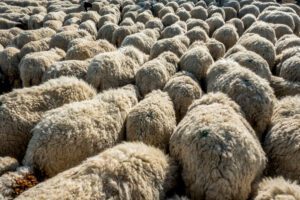Wool is popularly regarded as one of the most sustainable sources of fibre in the world. Sheep, goats, and other similar animals produce wool fibre from their skin.
The raw fibre is considered a sustainable, renewable resource because the animals’ fleece regrows each year after it is sheared. When the wool is shorn, spun, and woven into cloth, it turns into woollen fabric. It is the go-to fabric for warm and comfortable clothes. But its production might not be as simple as we believe it to be.
In reality, the supply chain for wool is complex and raises numerous animal welfare and environmental concerns. So, how sustainable and ethical is wool exactly?
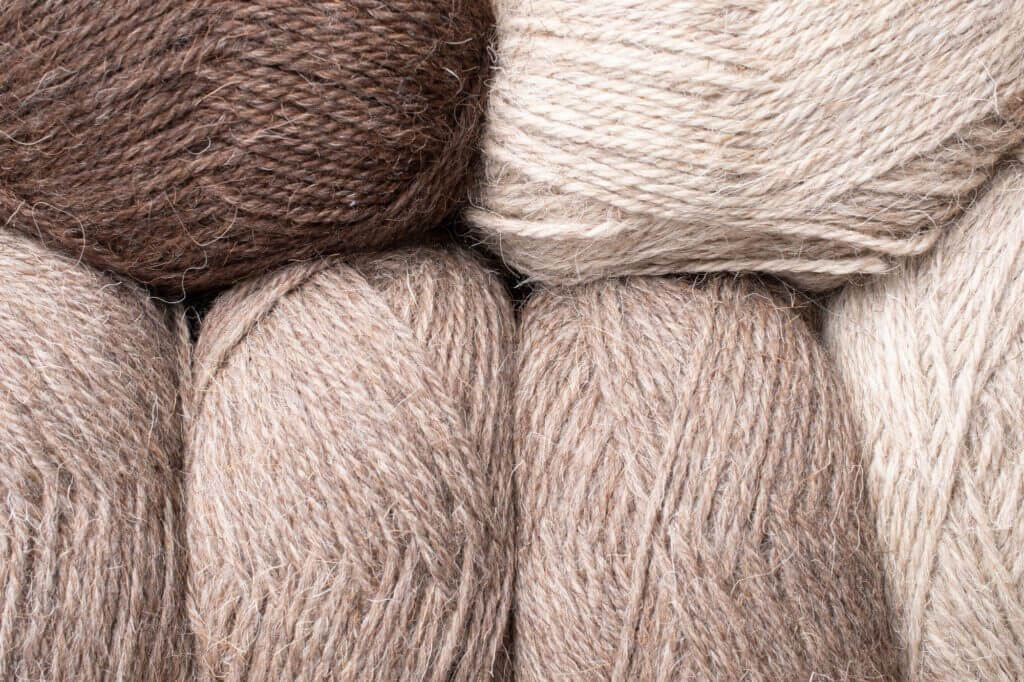
Overview Of Wool Fabric
What is Wool?
Wool is a type of fabric made from the hair of various animals, including but not limited to sheep. Its production process involves collecting the hair of the animal, spinning it into yarn, and then weaving the yarn into fabric. The fabric is known for its strength and ability to stay warm, as the natural insulation of the animal fibre helps to retain heat. The level of protection depends on the type of wool.
How is Wool made?
There are a variety of animals that can produce wool, but sheep are the most used due to their docile nature and widespread domestication. Other animals that serve as alternatives include goats, llamas, yaks, rabbits, musk oxen, camels, or bison.
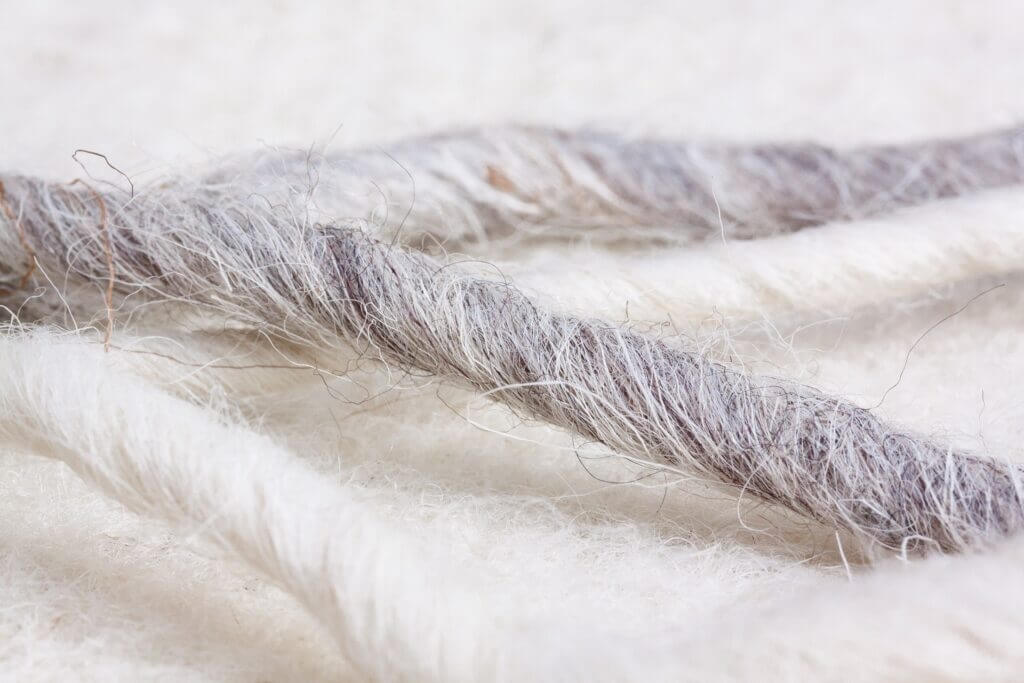
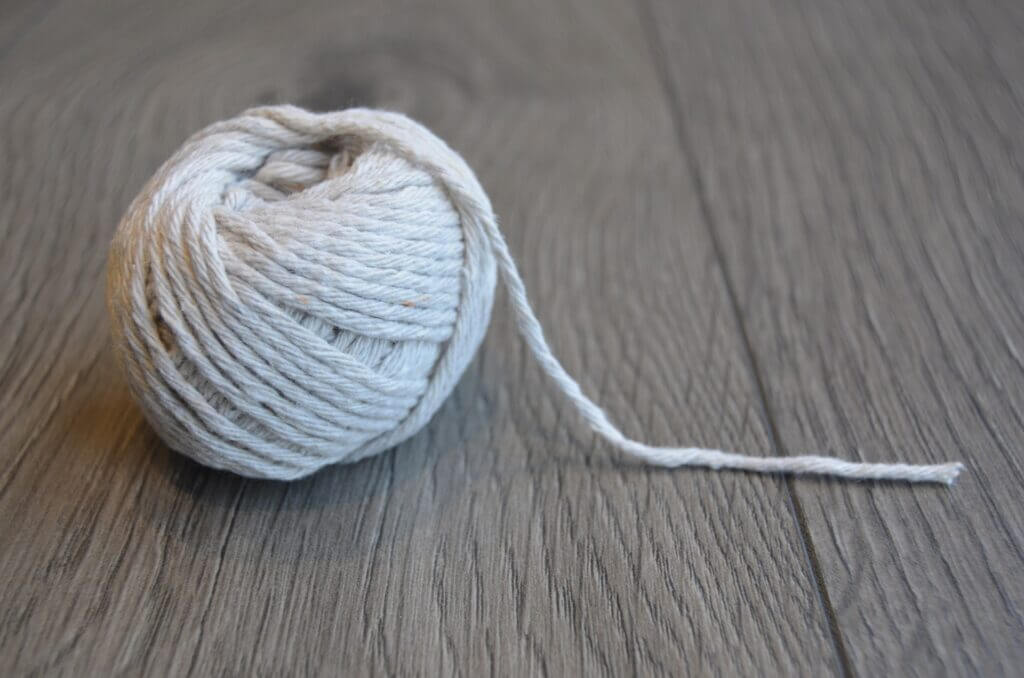
The process of making woollen fabric involves the following steps:
- Shearing: The first step is to shear the woollen fleece from the animal. A professional shearer normally does this using special clippers.
- Scouring: The farmers then clean the fleece (scouring). This process involves washing it to remove dirt, sweat, and other impurities.
- Carding: Next is the carding process. This process involves combing the fibres to straighten them and remove any remaining impurities.
- Spinning: After the fleece has been carded, it is spun into yarn. This involves twisting the fibres together to create a continuous strand of yarn.
- Weaving: The yarn is then used to create fabric through weaving. Weaving involves interlacing the yarns on a loom to create a flat piece of fabric, while knitting involves creating fabric by looping the yarn through itself using needles.
- Finishing: Finally, the woven fabric may undergo additional finishing steps to improve its appearance and durability. This can include washing, fulling (a process that shrinks and thickens the fabric), and adding a finish to protect the fabric from stains and other damage.
Benefits of Wool
Wool is made of a protein called keratin, held together by lipids. It differs from plant-based fabrics like cotton, which are made of cellulose. The fibres grow in forms called staples.
They have a crimped texture that makes them easier to spin and stick together. Wool’s unique structure allows it to absorb and release moisture, making it breathable and hygroscopic, meaning it reacts to the wearer’s body temperature to cool in warm temperatures and warm in cool temperatures.
Its fibres possess natural elasticity, making woollen clothing resistant to wrinkling and sagging. Textile manufacturers also use wool to produce a variety of products. This includes clothing, insulating base layers, home insulation, bedding, and many other accessories.
Different Types of Wool
There are several different types of wool, each with its own unique characteristics. Here are a few examples:
- Merino wool: This type of wool comes from the merino sheep, known for producing very fine and soft wool. Textile producers use it in high-quality clothing because it’s soft and durable.
- Cashmere wool: This type is gotten from the Cashmere goat. The Cashmere goat’s fleece provides us with this wool that is generally more expensive than other types of wool because we can obtain only a small amount from each goat.
- Lambswool: The first shearing of a lamb provides this type of wool. Manufacturers often use it in clothing and blankets because of its comfort.
- Alpaca wool: This type comes from the alpaca, a member of the camelid family, native to South America. Like the merino wool, it is warm, durable and used in luxury clothing.
- Mohair wool: This comes from the Angora goat. It has lustre, warmth, and drape qualities. Textile manufacturers use it to produce clothing, upholstery, and home decor items.
What is Wool’s impact on the planet? Some considerations
There are many reasons to consider wool as a more environmentally friendly option than synthetic fibres, such as nylon, polyester, and acrylic.
Wool is a natural fibre that will biodegrade. In contrast, synthetic fibres are made of plastic and can take years to break down if discarded. Furthermore, synthetic fibres shed microfibres during washing, which can end up in waterways and contribute to pollution. However, looking at it from another perspective, the wool and meat industries are interconnected in that the animals that are raised for their wool are often slaughtered for their meat once they are no longer able to produce high-quality wool.
Studies show that about 500 million or more sheep are bred and killed every year.
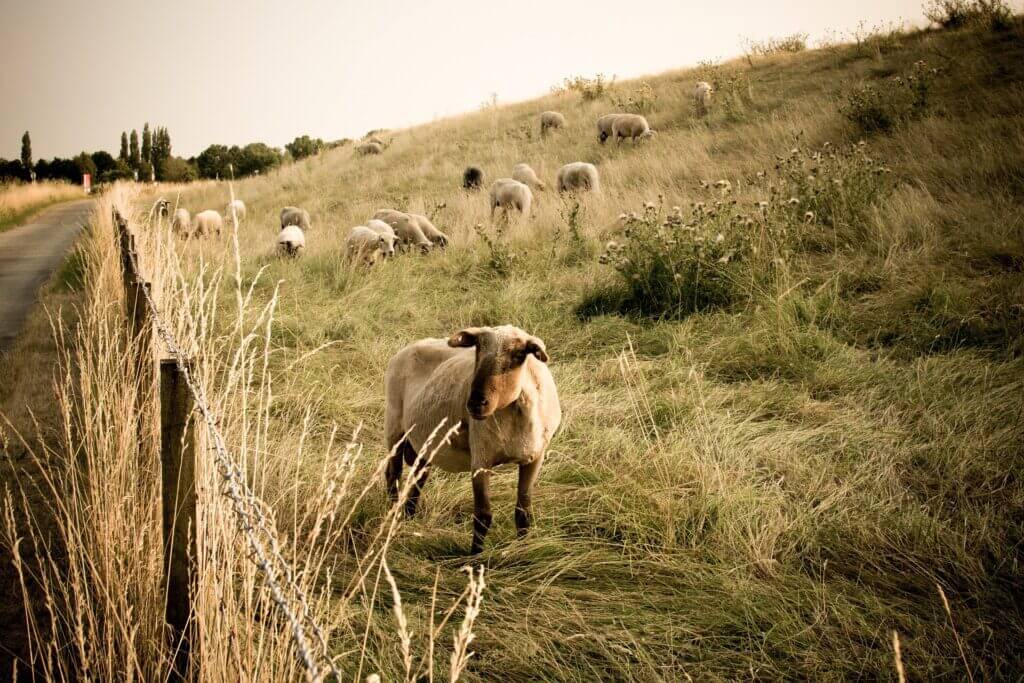
It’s important to consider more than just biodegradability when evaluating the sustainability of a fabric. For instance, it’s interesting to know that the production of a woollen sweater generates 40% less greenhouse gas (GHG) emissions than the production of a cotton sweater.
In Australia, for example, emissions from land clearing, animal digestion and respiration, burning savannah, manure, and livestock production contribute to 83% of all agricultural emissions in the continent.
Animal farming is also a major user of land resources, with pasture and arable land used to feed farmed animals. Additionally, land clearing for animal farming can lead to the endangerment and extinction of wild animals.
In a bid to tackle these issues, scientists have discovered that by shifting from animal agriculture to plant-based production, we have the potential to rewild a significant portion of land, potentially allowing for the sequestration of over 98% of the global carbon emissions budget.
Wool as a sustainable fibre for textiles
Traditionally, people consider wool as a sustainable fibre. This is due to its natural, renewable, and biodegradable qualities.
Furthermore, it regulates temperature, ensures ease of care, and possesses long life span that allows for repair and reuse. With consumers becoming more concerned about climate change and wanting more brand transparency, companies have been reassessing their practices, including their choices of materials and production methods.
The original eco fibre
In the world today, consumers use cotton and synthetic fabrics the most. However, they do not offer some of the benefits wool does in terms of performance, repairability, and environmental impact. Wool offers a chance to create high-quality, durable, comfortable, and beautiful products that prioritize the health of the land and biodiversity throughout the entire production process, from the farming of raw materials to the use of environmentally friendly production methods.
The natural carbon cycle
Many fabrics are made from carbon products, but only some, such as wool, are made from renewable carbon. When disposed of, wool helps to fertilize the soil by releasing valuable nutrients and carbon back into it. In contrast, synthetic fibres like polyester and acrylic are made from fossil fuels, which extract carbon stored for millions of years. Wool can also help to store carbon through the use of farming methods that promote ecosystem vitality.
Greenhouse gas
The wool industry is taking various steps to reduce and manage GHGs. For instance, Climate NGOs research methane emission more often today to better understand and reduce it. On individual farms, one can offset GHGs through certain techniques. These techniques include changing the types of pasture plants, improving soil management to increase carbon storage, and planting trees.
The circular economy
Wool can facilitate the creation of circular products for brands. Today, many companies are wondering how they can adopt circular business models and still make a profit. Most of these companies see wool as a solution. As a renewable, recyclable fibre with a long life span, it has proven to have major benefits on the environment throughout its entire life span.
Pollution
Unlike synthetic fibres, wool does not release microplastics that can harm marine ecosystems. Scientific studies have found that it is biodegradable in both land and marine environments.
Is wool really sustainable?
Wool is a natural fibre that comes from domesticated livestock. Research shows that domestication links directly to several impacts on the environment.
Sheep are ruminants, which means they have a digestive process that produces methane gas. While the production process for other fabrics contributes more to their carbon footprint, sheep generate most of the wool’s carbon footprint.
There are concerns that a significant increase in flock sizes can lead to overgrazing of dry and fragile landscapes. This can cause desertification in some areas and displacement of native wildlife.
Despite these negative impacts, the general opinion considers wool more sustainable than most other textile fibres. This is largely due to its recyclable qualities. It is also due to a sheep’s ability to adapt to land unsuitable for other types of agriculture, i.e. rough terrain.
Can you buy “ethical” wool?
While certifications like the Responsible Wool Standard and ZQ Merino Standard may claim to ensure the fair treatment of animals in the wool industry, they do not prevent the slaughter of sheep or the practice of winter lambing.
The ZQ Merino Standard does not address the use of pain relief for tail docking, while the Responsible Wool Standard only requires it “when suitable pain relief is available”. These practices would not be necessary if we did not breed farmed animals intensively. Besides, many animal rights activists do not consider it ethical to cut off the tail of a pet, even with pain relief.
If you want to use wool, consider buying vintage or recycled wool items that do not contribute to the harm of sheep or the environment. This would also help to tackle the issue of excess landfills.

